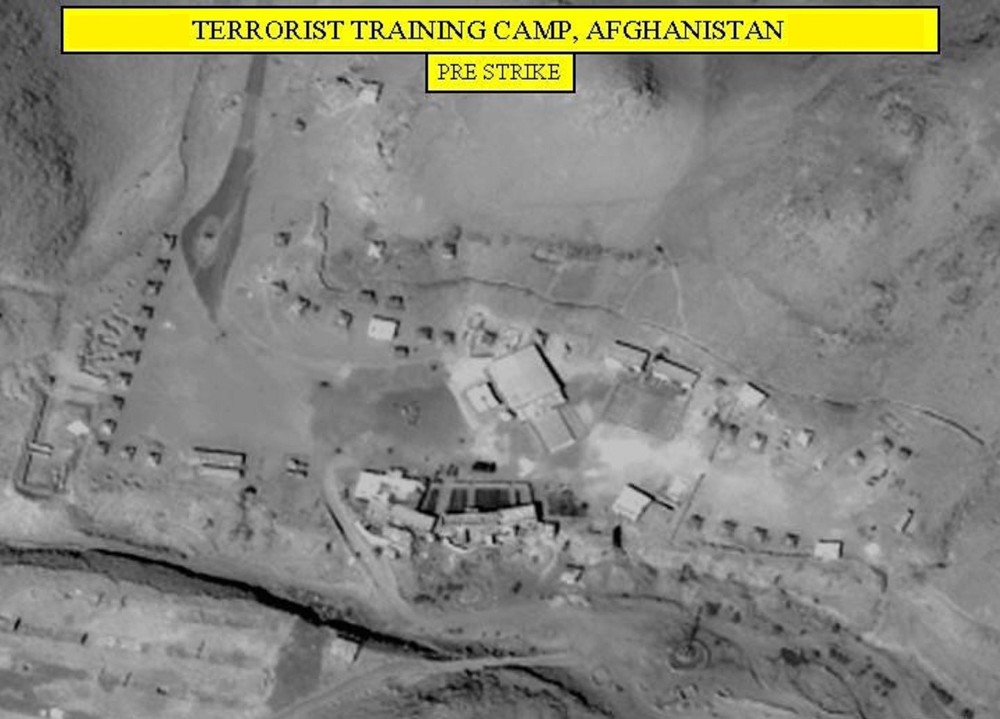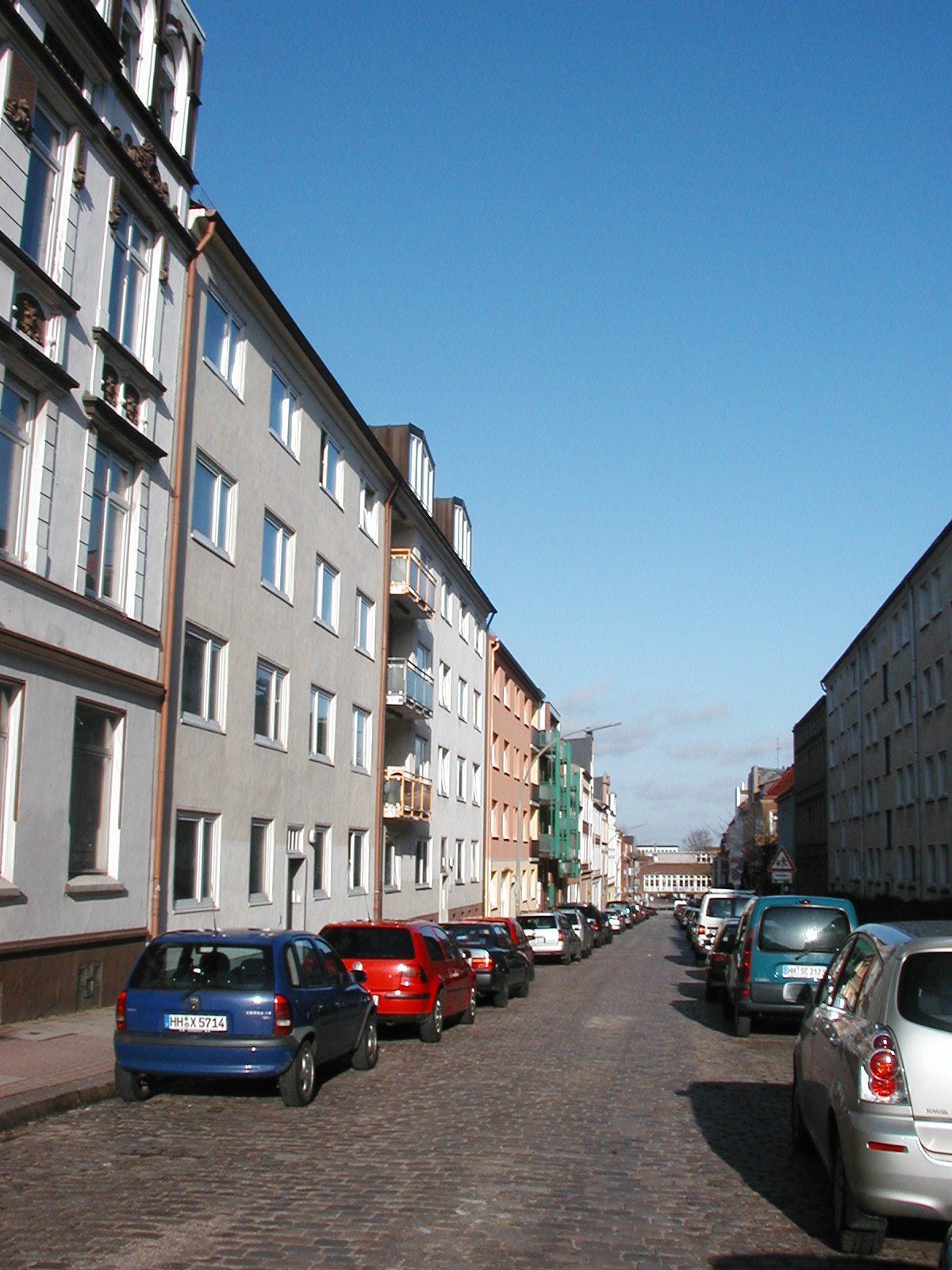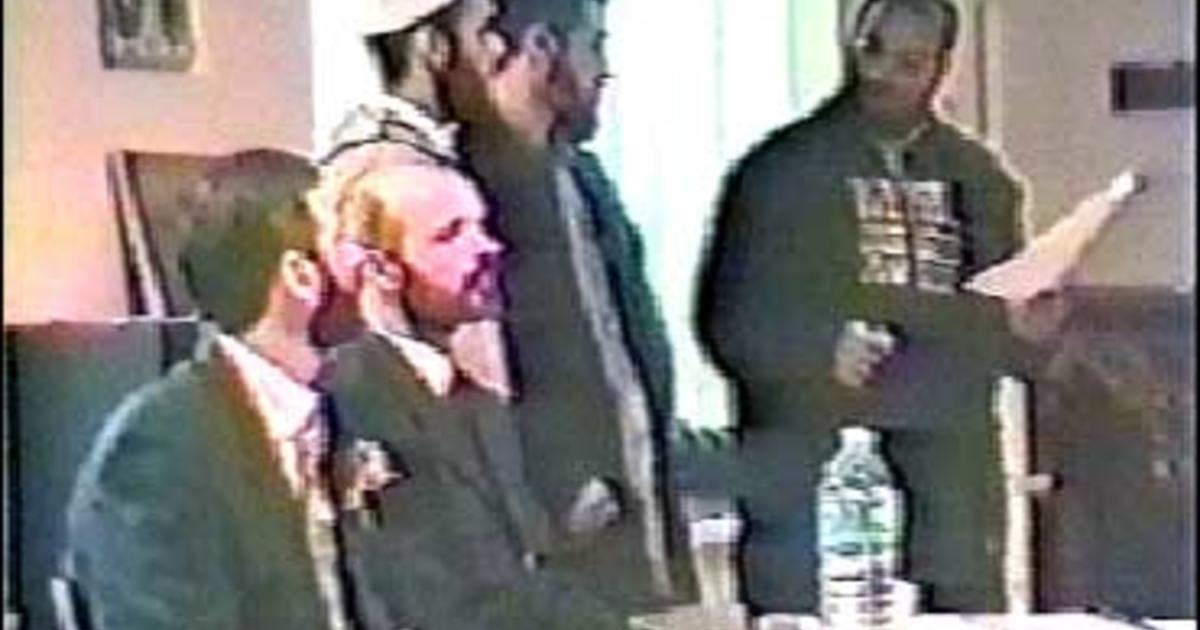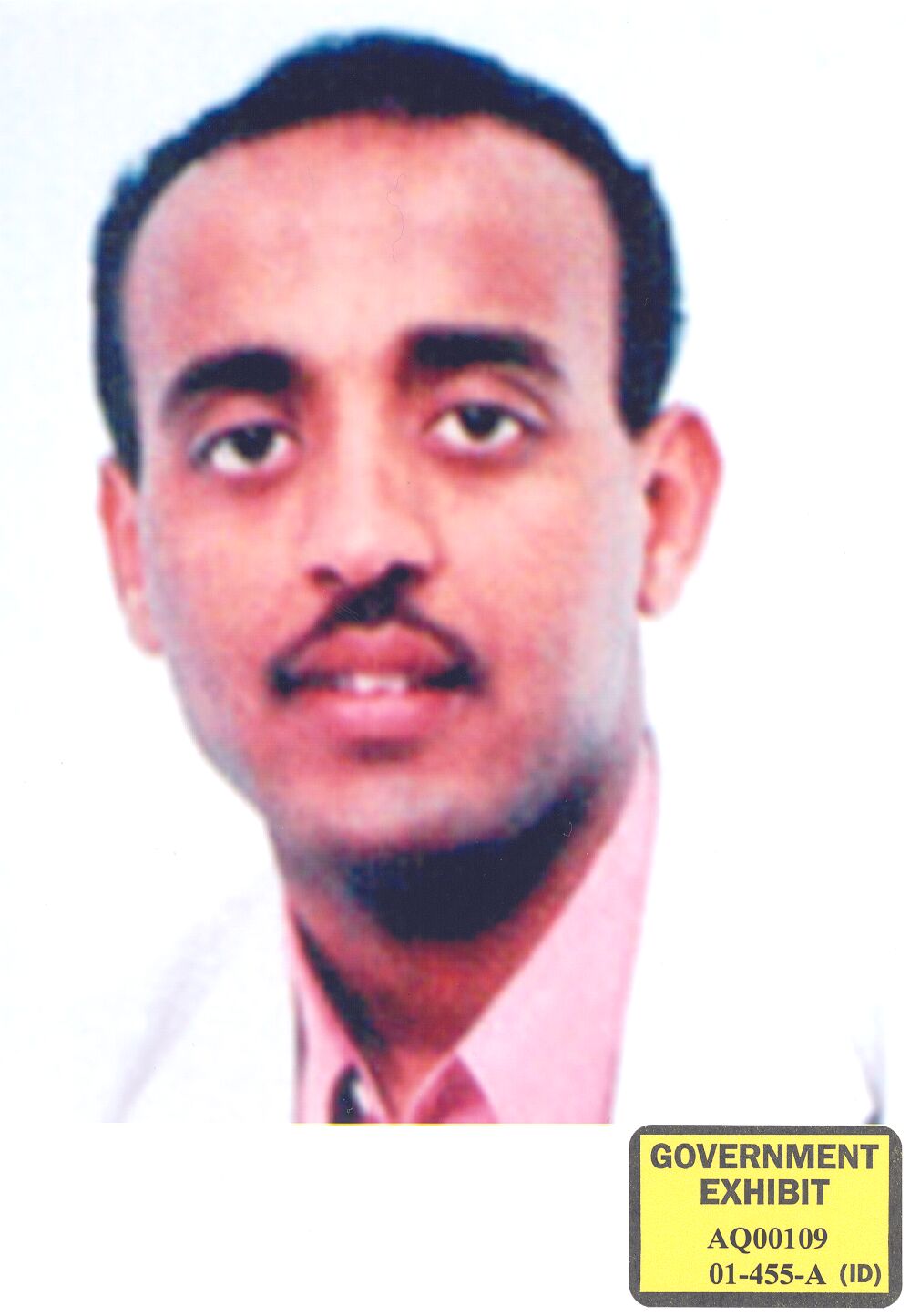Ramzi Binalshibh, the fourth of the Hamburg Four, and the only one unable to obtain a U.S. visa (because of his being Yemeni, not because of terrorism suspicions) arrives in London from Germany (the FBI believes to meet with Zacarias Moussaoui). The Frenchman flew into London from Pakistan.
Moussaoui was arrested on August 16, 2001 and charged with an immigration violation. He had aroused suspicion of the FBI while in flight training in Eagan, Minnesota. During his trial, federal prosecutors said that he was to have been a replacement for Binalshibh, the so-called 20th hijacker. Though there is no doubt that Moussaoui was in the U.S. to prepare for some al Qaeda planes operations, there is no evidence (other than the London meeting) connecting him to 9/11.



